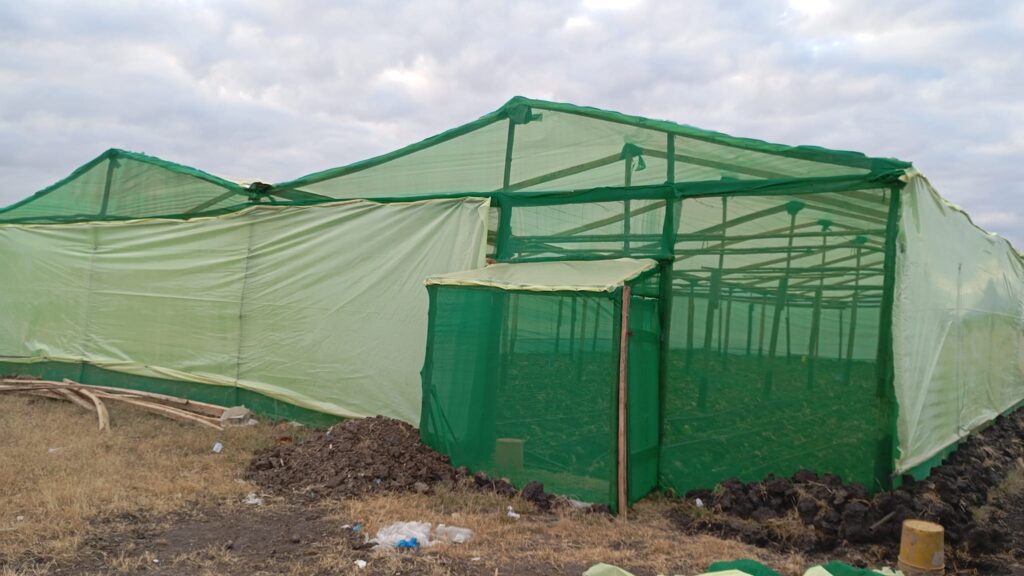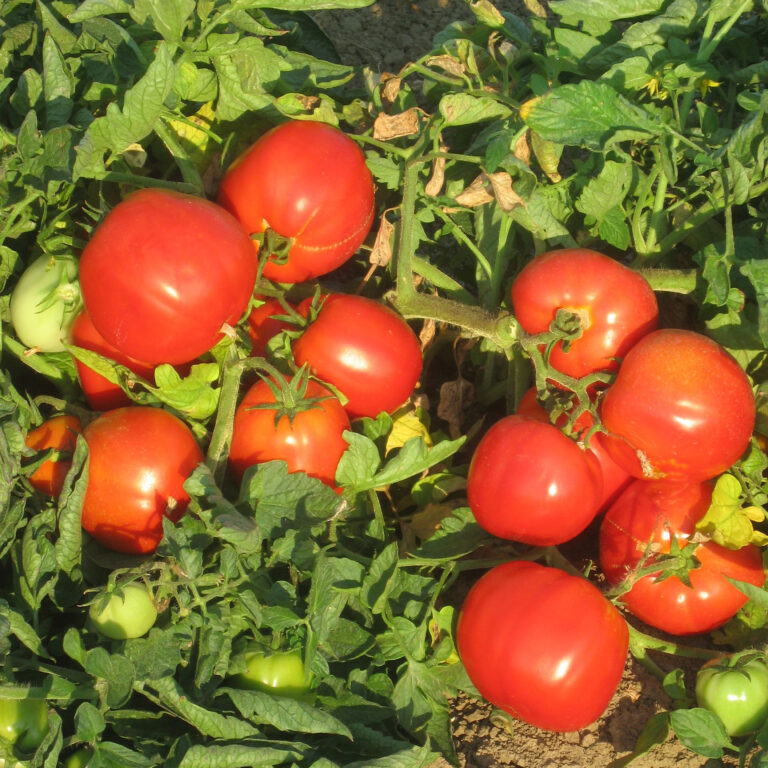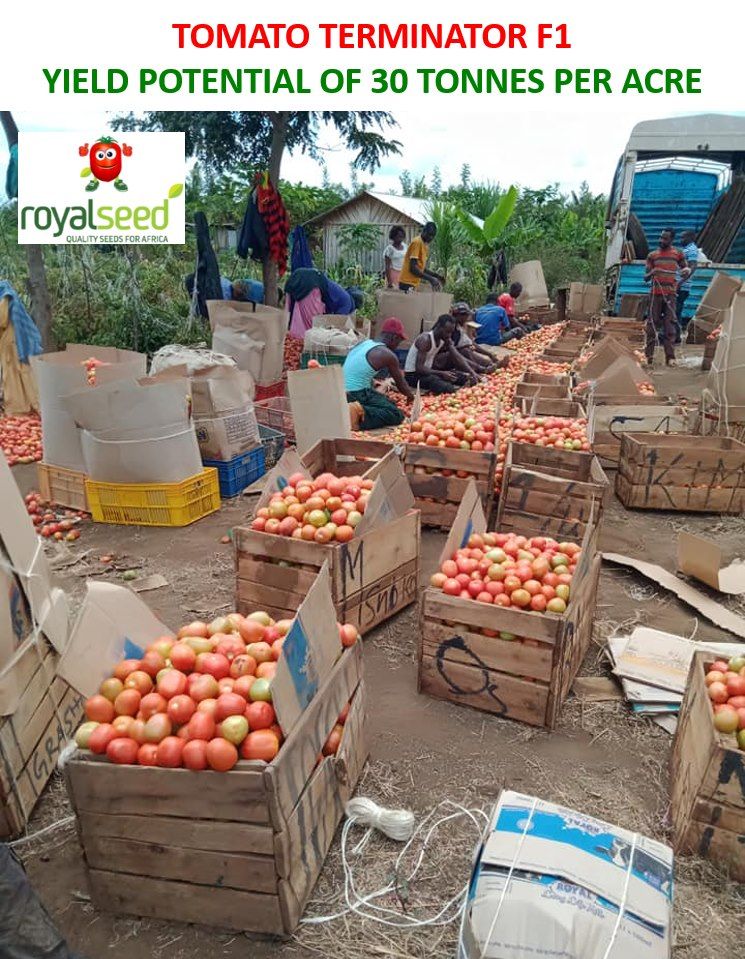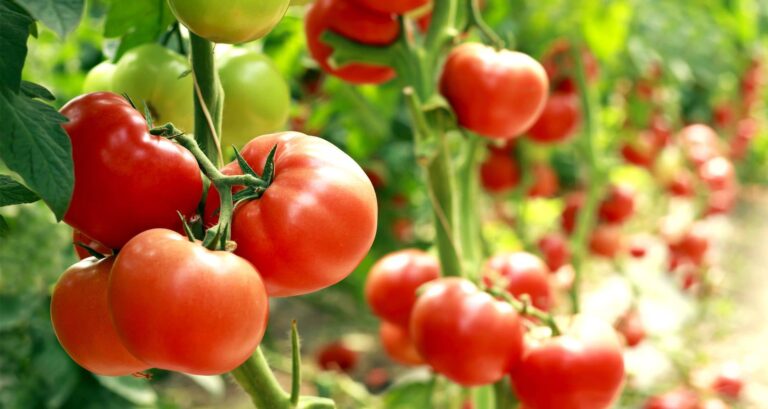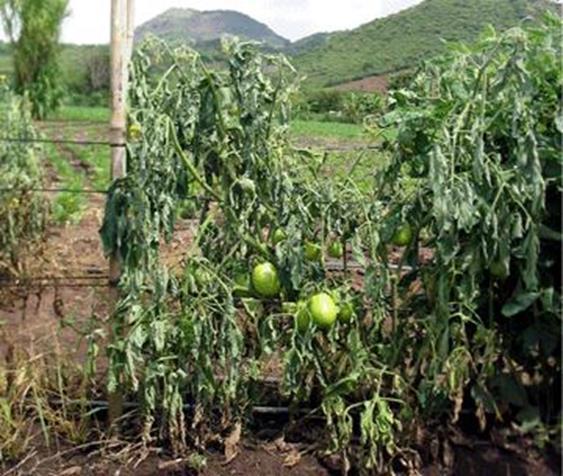How Much Profit Is Greenhouse Tomato Farming In Kenya?
Greenhouse tomato farming in Kenya offers substantial profitability, with a well-managed 240 sqm greenhouse potentially generating gross profits of approximately KES 300,000 over a season lasting about 15 weeks.
This is achieved through the production of around 7.5 tons of tomatoes per season from 500 indeterminate tomato plants. Selling at an average price of KES 80 per kilogram, this results in revenue of about KES 600,000.
After deducting an estimated investment cost of KES 300,000, the net profit can reach KES 300,000, equating to a 50% return on investment.
Greenhouse-grown tomatoes mature in approximately 90 days, allowing for faster turnover compared to outdoor cultivation.
In open field, yields can range from 8 to 15 tonnes per acre, with optimal conditions potentially boosting yields to 20 tonnes per acre.
Planting density typically involves 1,500 to 2,000 plants per acre, each capable of yielding between 16 to 20 kilograms of tomatoes per plant throughout its growth cycle.
This controlled environment ensures higher yields and better profitability compared to traditional open-field farming methods.
Greenhouse Tomato Farming in Kenya
Greenhouse tomato farming in Kenya has emerged as a lucrative agricultural venture due to the controlled environment that enhances yield and quality.
The profitability of greenhouse tomato farming depends on various factors including management practices, market conditions, and production costs.
This article explores the profit potential, maturation period, yield per acre, and other crucial aspects of greenhouse tomato farming in Kenya.
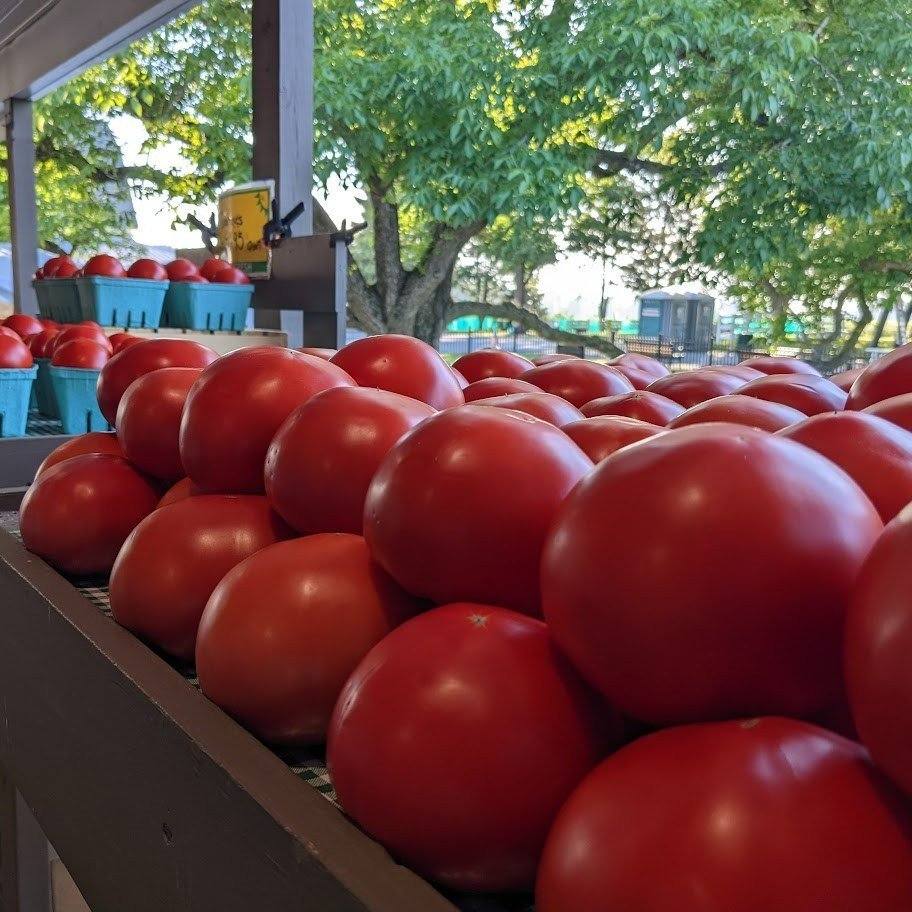
How Much Profit Is Greenhouse Tomato Farming in Kenya?
Greenhouse tomato farming in Kenya can yield significant profits, thanks to the controlled environment that minimizes risks associated with open-field farming.
In Kenya, greenhouse tomato farming can be quite profitable. Let’s break it down:
- Yields and Revenue:
- Consider a standard greenhouse measuring 8 meters by 30 meters (240 sqm). It can house around 500 tomato plants.
- Assuming each plant yields an average of 15 kg, you’ll harvest a total of 7,500 kg of tomatoes (500 plants × 15 kg/plant).
- At a prevailing selling price of KES 80 per kg, your total revenue before costs would be KES 600,000.
- Costs:
- Growing tomatoes in a 240 sqm greenhouse will cost approximately KES 30,893 (excluding initial greenhouse installation costs). Let’s assume the total estimated investment + expense cost is KES 300,000
- Subtracting the costs from the revenue, your gross profit would be approximately KES 300,000.
Remember that these figures are estimates, and actual profits may vary based on factors like market fluctuations, crop management, and specific conditions. However, greenhouse farming generally offers higher profits compared to open-field cultivation.
The potential profit from greenhouse tomato farming depends on several factors:
Factors Influencing Profitability
- Initial Investment: Setting up a greenhouse requires substantial initial capital for construction, irrigation systems, seedlings, fertilizers, and pest control measures. The cost can range from KES 200,000 to KES 500,000 depending on the size and type of greenhouse.
- Yield: Greenhouse farming can significantly increase tomato yield per acre, often doubling or tripling the yield compared to open-field farming. A well-managed greenhouse can produce 30 to 50 tons of tomatoes per acre annually.
- Market Prices: The selling price of tomatoes fluctuates based on supply and demand. On average, greenhouse tomatoes fetch higher prices due to their superior quality. Prices can range from KES 50 to KES 100 per kilogram.
- Production Costs: Recurring costs include labor, water, electricity, fertilizers, and pest control. Efficient management can keep these costs under control, maximizing profit margins.
How Long Do Tomatoes Take to Mature in Kenya?
The maturation period of tomatoes in Kenya varies depending on the variety and growing conditions.
In a greenhouse setup, the maturity period is generally shorter due to the optimized growing environment.
Maturity Period Details
- Seedling Stage: Tomato seeds germinate within 5 to 10 days after planting.
- Vegetative Stage: This stage lasts for about 20 to 30 days, during which the plant develops leaves and stems.
- Flowering Stage: Occurs approximately 30 to 45 days after planting.
- Fruit Development: Tomatoes begin to set fruit around 45 to 60 days after planting.
- Harvesting: The first harvest can typically be expected between 60 to 85 days from planting. Subsequent harvests can occur over several weeks.
How Many Crates of Tomatoes Per Season in Kenya?
The number of crates of tomatoes produced per acre in Kenya depends on the yield and crate size.
Typically, a standard crate holds approximately 30 kilograms of tomatoes.
Crate Calculation
Assuming an average yield of 40 tons (40,000 kilograms) per acre:
Number of Crates=40,000 kg at 30 kg/crate=1,333 crates.
This means an acre of well-managed greenhouse tomatoes can produce around 1,333 crates annually.
FAQs
How much profit is greenhouse tomato farming in Kenya? Greenhouse tomato farming in Kenya can yield a profit of KES 1,500,000 to KES 2,500,000 per acre annually, depending on yield, market prices, and production costs.
How long do tomatoes take to mature in Kenya? Tomatoes typically mature within 60 to 85 days in Kenya, depending on the variety and growing conditions.

